I’m Done!
It’s over. Turkey Season still has another week to go, but it is over at our camp.
Angus tagged out. He pulled 2 gobblers off the west side of Gobbler’s Knob
SuperCore was benched for the season with pneumonia.
I never got a shot. I’m not sure a gobbler ever honored my call all season. I freely admit that I’m not all that great a caller, but I’m not THAT bad!
Statewide, I expect the harvest numbers to be way down. Bracken County is off by a third compared to last year. Pendleton is down by a quarter. We still have this last week, but something big happened this year.
Weather is the culprit, probably in the long and short run. Going into this year, we have had two bad hatches. The chicks need a warm dry May to survive. The last two years have been cold and rainy. Last summer, I never saw a single poult– not on our place or out driving around either. There were no jakes out this spring. There were still acorns on the ground around my blind as I was picking up yesterday.
You need a big Opener to make for a big season. The 4/14 Opener around our parts was mediocre. It was great turkey hunting weather, but no turkeys and very few shots were taken. Sunday was a toad strangler, and then it was one cold day with wintry mix after another. Wednesday warmed up a little, but then it blew cold and nasty again. Half of the harvest in a normal year comes from the turkeys taken in the first weekend. If memory serves me, half of what remains to be taken is taken in the first week.
Was it the cold? The rain? The wind?
The rain is important, because as I mentioned earlier, you need warm dry conditions for a good hatch. Turkeys can deal with rain otherwise. Angus got his first gobbler in the rain. At most, you will see turkeys get hinky when the rain starts, especially if it is heavy. However, after a while they just go about their business as usual. After a prolonged rain, say 2-3 hours, you will see them out in open fields feeding on worms. That was one of the hints that told me the hunting was going to suck: after several massive squalls, I did not see any turkeys feeding in any large numbers. All I saw were lone hens.
Was it the wind? Wind makes it hard to hunt turkeys, but not impossible. I go to high places and call loudly, and wait. Prolonged high wind will drive turkeys into the protected bottoms.
I believe it was the cold temperatures more than anything else. Somewhere, ages ago, I remember reading that the local indians told the settlers that turkeys could be hunted with calls when the oak leaves were as big as mouse ears. There might be some truth to that. If you watch the oaks, they will start breaking out of their buds and leafing in mid-to-late April. By early May they’re all tasseling around our place. This year? Other trees are coming out, but the oaks are still tightly budded. This is all driven by soil temperature, and this is driven by air temperatures and sunlight.
Normally, I see turkeys coming out of their latent phase during the first week of season. Usually it is marked by the appearance of lone hens. This means the hens are going off to start tending their nests and leaving the gobs alone. The gobblers are getting lonely and will come to strange calls. This is also about the time it really starts to warm up. The best hunting I have had has been when the daytime highs have hit 80F for a few days. The average temperature I have taken a gobbler is in the mid-50’s. In a good part of the season, the highs have been in the mid-50’s and the lows have been down in the mid-30’s. This year I had to hunt for the first time in a decade in the insulated bibs and parka I used to use for bowhunting.
Back to the oaks. I shot some pictures from the Thoughtful Spot on Saturday night, trying to capture the full moon. The results were so-so, but then it hit me this morning that I could probably show you the differences.
First off, let me show you a phenomenal year, 2002. It was swealtering. I snapped this on Friday, 19 April, 2002. A thunderstorm had come through that afternoon, and I snapped a 35mm photo that I’ve since scanned and used as a wallpaper on my computer ever since. I’d taken my best gobbler ever that morning– overnight low was 63F. My average gobbler is taken with temps in the mid-50’s.
Notice how green the oak trees are. These are some of the last trees to leaf out in the spring. This was the year that the first week of KY Spring Gobbler Season was sweltering. It is the only time I have run the air conditioner at camp during April.
Next, I’ll reprint the panorama I posted earlier this month. It shows the same view taken mid-week of KY Gobbler Season last year, 18 April, 2017. This was a normal season weather-wise. Notice the greening of the trees.

Now here’s the view from the same spot taken Satuday night.

Not only have the oaks not started to leaf, but everything else still looks almost like winter, except the grass has greened up. You need warm soil temps to get the sap running up the trees. Obviously, things were colder.
Something else I noticed was a complete dearth of gobbling from Hootin’ Holler this year. If you look at the panorama, Hootin Holler is the ravine that starts right-frame and travels to the middle of the frame away from the camera. Dead Skunk is the line of trees closest to the camera under the moon. Dead Skunk and Hootin Holler meet, and where it all comes together is usually filled with gobblers and hens. Nothing. I heard nothing from there all spring.
So besides grousing about the weather, Shaman, what else have you got?
I learned something new this year. I am going to have to do something with the blind at the Honey Hole. It just isn’t doing a good job. I had one close call this spring, but it never came to anything. I think I can see why. Let me show you.
Saturday morning, I did finally have a gobbler in sight. He was roosted out on Virgina, a ridge that parallels the Honey Hole’s ridge. He gobbled actively a good part of the morning, and about mid-morning he went quiet. As it turned out, he was following a hen who came out to feed down the field from my blind. I spotted her and watch as she came close to me. Her closest approach was about 60 yards away. The gobbler followed her down the field. If all had gone well, he might have gotten within 40 yards of me. However, something got the hen moving off, back down into left leg creek, and I think I know what it is.
Look at this picture:
This is the hens-eye view of The Honey Hole from that side. The sun was shining through the burlap, and probably showed my shadow perfectly. In looking back on it, we’ve now taken 6 gobblers from that blind. However, they have all been taken under cloudy conditions. Probably, under sunny conditions, I’ve been playing shadow puppets with the turkeys, projecting my form onto the burlap. Something else is required. I’ll have to ponder this one in the off-season.
The other thing of note came in this same encounter. Some of you may have read my suggestion, written in the past couple of years how those crinkly plastic grocery bags might make a good stand-in for leaves? Forget it. I carried my box call in one of them all season, because it was so wet so many of the days. I put the bag down next to me, to experiment. I tried. It was a failure. Yes, you can make the sound of hens feeding in leaves with a grocery bag, but to a hen it sounds unnatural, at least it did to this one. So much for that idea.
So you have a whole week left, Shaman! WT?
KYHillChick was diagnosed with breast cancer earlier this month. Her surgery is scheduled for this coming week. We’ll all be staying close to the house. Please keep us in your prayers. Things are looking good; they think it has not spread anywhere and the surgery will get it all, but expect a reduced number of posts for the next while. I’ll let you know how this all turns out.
This post has already been read 481 times!
Views: 0

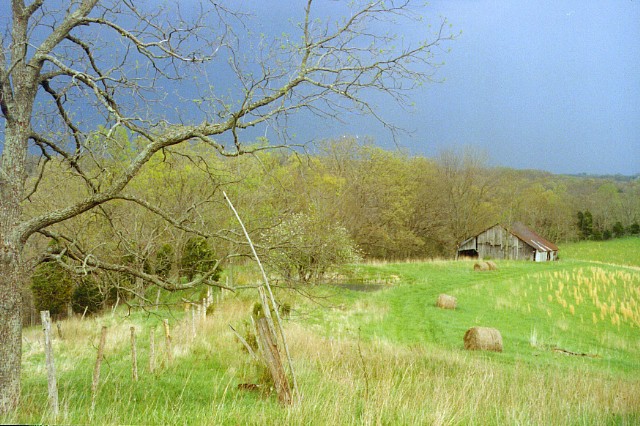

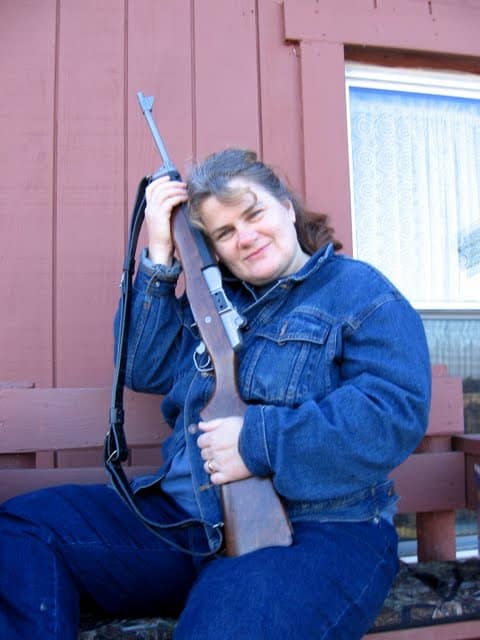
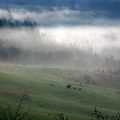
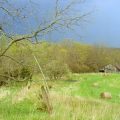
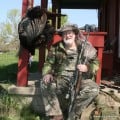
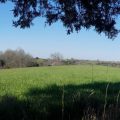
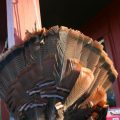


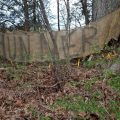

Comments
I’m Done! — No Comments
HTML tags allowed in your comment: <a href="" title=""> <abbr title=""> <acronym title=""> <b> <blockquote cite=""> <cite> <code> <del datetime=""> <em> <i> <q cite=""> <s> <strike> <strong>